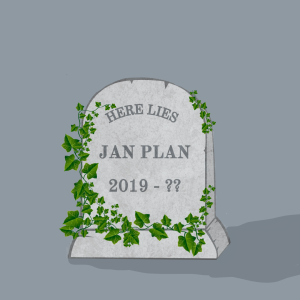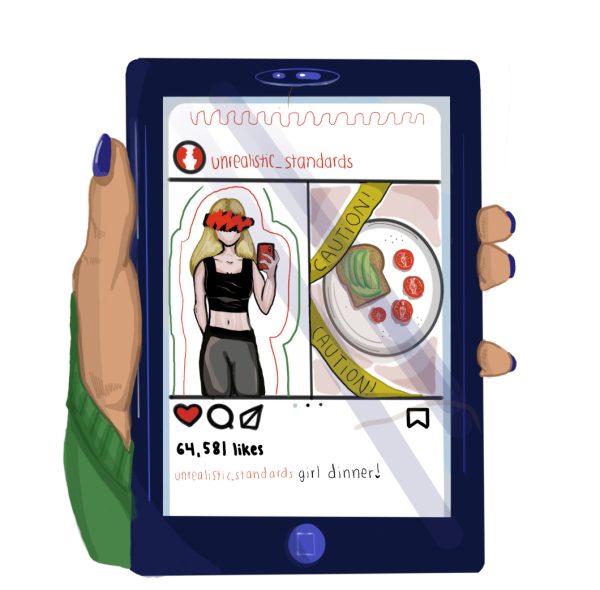Why I joined the Women’s March

Sophie Gillard attended the Women’s March on Austin on Jan. 21.
February 8, 2017
What do you do when legislators come for your reproductive rights? When elected officials encourage racism all the way to the Oval Office? When the leaders of your country deny your right to love or to live safely as your gender identity? You go to an art supply store, buy some markers and a poster board, and get ready to protest.
That is exactly what I, and tens of thousands of others, did on Saturday, Jan. 21.
We drove to the Texas Capitol for the Women’s March on Austin, a sister protest to the Women’s March in Washington, D.C. Both marches took place the Saturday after the inauguration of Donald Trump as President of the United States.

Many marchers were opposed to Trump’s election and policies.
My goal was to protest Trump and the Republican-controlled Congress who support policies that hurt women. We marched for issues that affect us, such as access to healthcare, the protection of LGBT+ rights and discrimination in the criminal justice system.
With my friends and family, I made signs with slogans like “Dissent is Patriotic” and “I didn’t come from your rib, You came from my uterus.” I made a shirt with the Texas slogan “Come and Take It” — but replaced the classic cannon with the reproductive system.
We were not the only people who came prepared for a lively protest. One woman was dressed as a Suffragette. A six-year-old girl made a sign that read, “My body, my choice!” Protesters waved Pride flags and built effigies of Trump and Russian president Vladimir Putin embracing. As we marched through the streets of Austin, onlookers cheered us and proudly displayed signs, including a 40-foot-wide quilt that read “LOVE TRUMPS HATE.”
Our act of resistance was a joyful one, made satisfying by the president’s dismay at the size of the crowds that turned up to demonstrate — especially compared to the crowds at Trump’s own inauguration. The New York Times estimated that almost 500,000 people joined in the national demonstration.
Back in Austin, I marched to show that as a progressive and someone with a basic sense of empathy, I would not cede any ground to the wave of regressive policies that are inundating my country and my state — even as the legislative effects of those backwards sentiments are already appearing.

Protesters spoke out about reproductive rights, LGBT rights, environmental concerns, and other issues.
In the last three weeks, the Texas legislature has introduced two bills that would dangerously limit the rights of LGBT citizens, as well as a bill that would classify abortion as murder and would criminalize doctors who perform those procedures. The state legislature has also cut all Medicaid funding from Planned Parenthood, an organization that provides many essential health care services such as cancer screenings and sexually transmittable infection tests and treatments. The first blow to Planned Parenthood in Texas came in 2011, when family-planning grants were cut by 66 percent; that same year, the rate of maternal mortality in Texas increased from 18.6 deaths per 100,000 live births to more than 30, according to USA Today. Defunding Planned Parenthood hurts the quality of life of millions of low-income and rural American families who would not otherwise have access to affordable health care.
On the national level, Trump has already issued an executive order that will allow the construction of the Dakota Access Pipeline, which will damage the environment and the sacred land of the Standing Rock Tribe. He has placed a gag order on the Environmental Protection Agency, curtailing the right of free speech.
The Women’s March reminded me that we do not have time to sit quietly and wait for the next four years to pass because the cost of our patience will be too great. For our next great act of resistance, we must turn this burgeoning movement into an effective force for action.
























